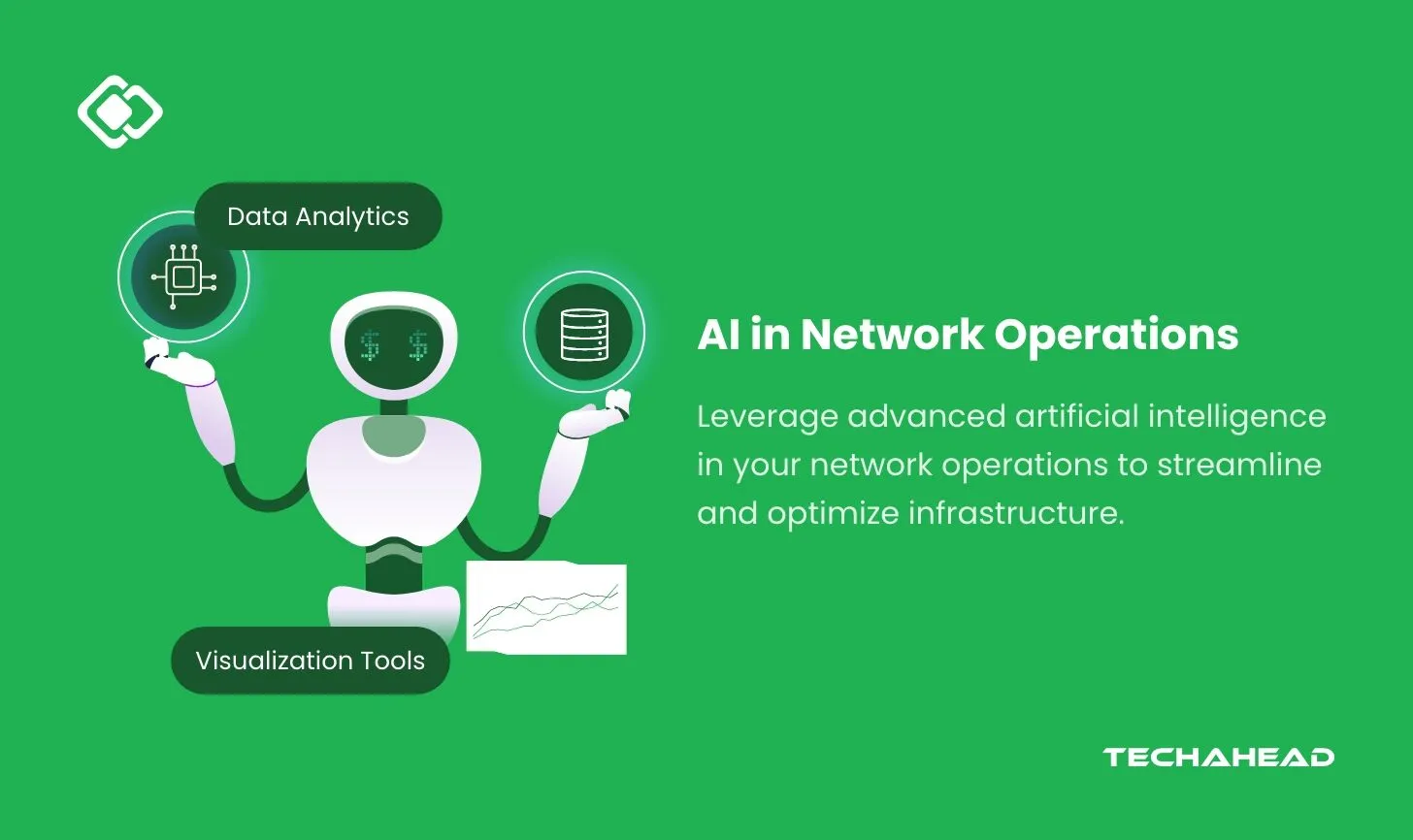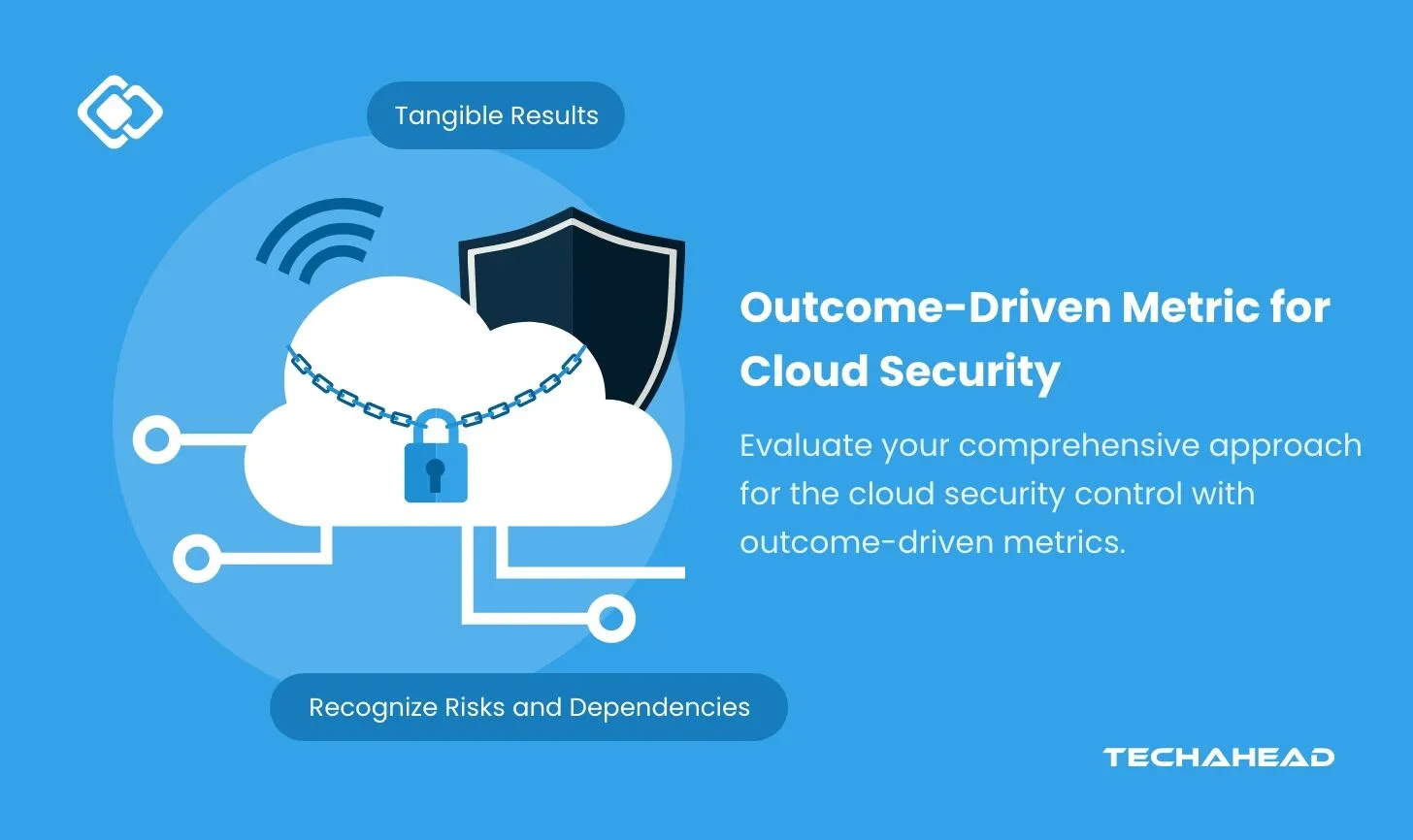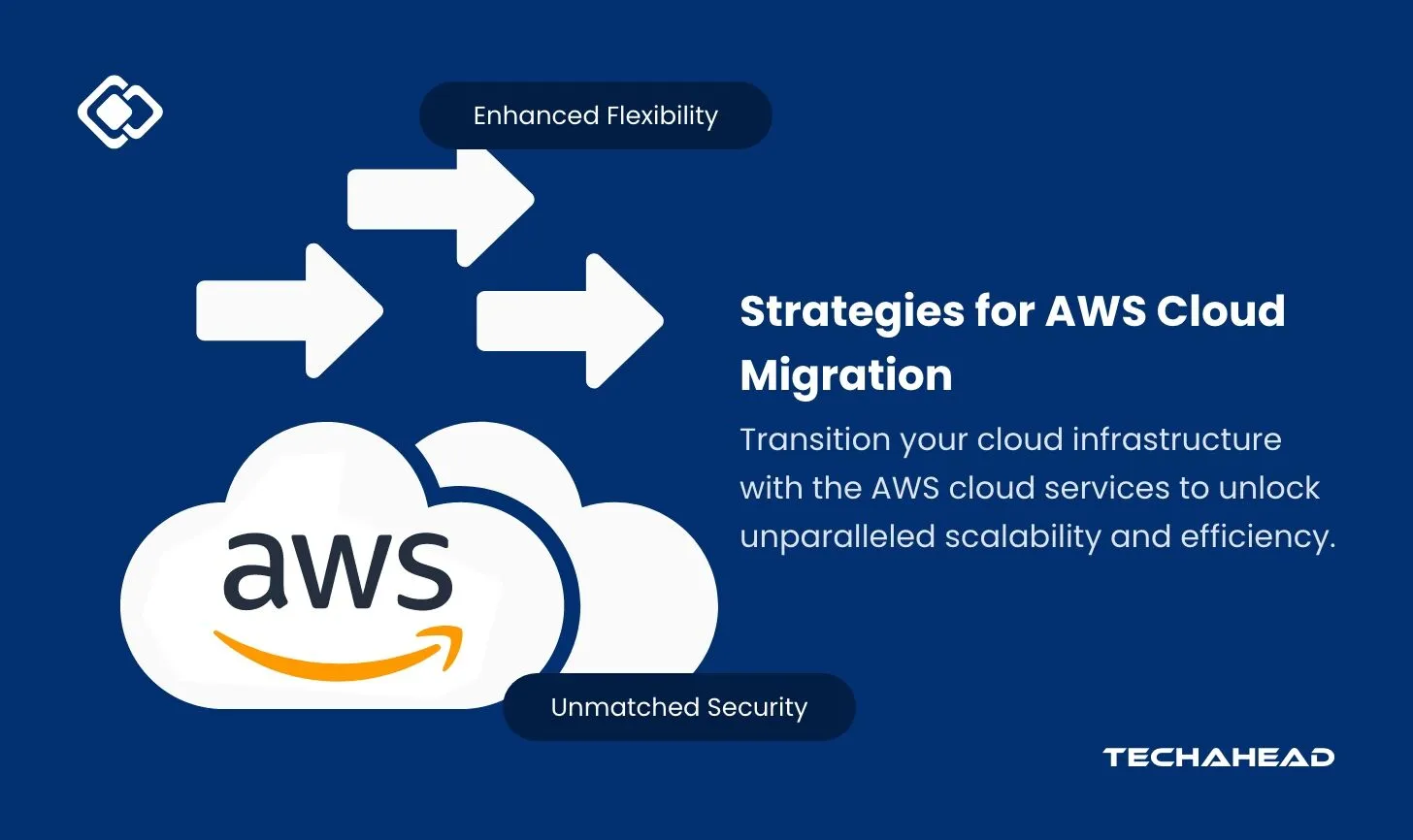How the Growth of AI and Automation is Helping Enhance Network Operations?

Strong 8k brings an ultra-HD IPTV experience to your living room and your pocket.
The integration of AI in network operations—particularly within optical network automation—is rapidly advancing as operators strive to meet surging bandwidth needs, network intricacies, and the demand for immediate responsiveness. This infusion of AI brings the potential to elevate efficiency, foresee disruptions, and introduce fresh revenue streams while simplifying optical network management.
The global AI in networking market is anticipated to reach a value of $10.9 billion in 2024, with expectations to climb to $46.8 billion by 2029, driven by a compound annual growth rate (CAGR) of 33.8% over the period from 2024 to 2029.
Although AI in network operations is promising, gauging its real-world applicability is essential. Early applications show notable potential, yet fully scalable, mature solutions are still evolving.
Now, let’s explore the strategic benefits of leveraging AI in optical network automation, alongside its current limitations, to understand optimal implementation pathways.
Key Takeaways:
- AI in network operations is driving advancements by automating complex tasks, improving efficiency, predicting issues, and strengthening security. Its integration into optical networks allows operators to handle rising bandwidth needs and network complexities effectively.
- AI-driven automation frameworks handle routine tasks and adjustments, enhancing network uptime and efficiency while freeing up IT personnel for strategic priorities.
- AI-powered visualization tools simplify network monitoring by displaying key metrics in real time, helping operators make quick, informed decisions. These tools are crucial for proactive network management and optimized resource allocation.
- The implementation of AI in network operations faces challenges such as integration with legacy systems, dependency on high-quality data, high initial investment, and management complexity. However, overcoming these barriers can yield transformative results in operational efficiency, security, and user experience.
What is AI in Network Operation?
AI in network operations leverages advanced artificial intelligence to streamline, oversee, and optimize network infrastructure and related processes. By integrating machine learning, it continuously examines extensive data, uncovering patterns that guide smarter network management.
One core feature is automated troubleshooting, where AI swiftly identifies and resolves network issues, reducing downtime. Predictive maintenance is another advantage, AI forecasts equipment failures, enabling timely interventions and minimizing disruptions. Through anomaly detection, it spots unusual patterns that signal potential security threats, ensuring a proactive defense. Traffic pattern analysis further enhances efficiency by predicting congestion points, allowing for optimal resource allocation.
What are the Key Components of AI Automation?
Machine Learning Algorithms
Machine learning algorithms drive AI automation, empowering systems to identify patterns and make informed decisions based on data. These algorithms adapt as they process more data, continuously refining predictions. From supervised learning to reinforcement learning, these models power complex tasks, from predictive maintenance to anomaly detection, ensuring network stability and enhanced performance.
Natural Language Processing (NLP)
Natural Language Processing (NLP) bridges human and machine communication, essential for developing interactive AI tools. NLP enables AI in network operations to understand and interpret requests, making network adjustments based on direct input. This capability enhances automated support systems, such as virtual assistants, which interpret and execute user requests in real-time.
Data Analytics
Data analytics is crucial for interpreting complex network data, and uncovering actionable insights. AI leverages data analytics to analyze network health, pinpoint areas needing attention, and forecast potential issues. This component ensures AI in network operations remains responsive, improving resource allocation and elevating decision-making through data-driven insights.
Big Data Technologies
Big data technologies handle extensive data streams in real-time, essential for AI in network operations. These platforms enable the seamless storage, processing, and analysis of vast datasets, crucial for training AI models. By managing massive data volumes, these technologies ensure AI remains adaptive and efficient under high network demands.
Predictive Analytics
Predictive analytics allows AI in network operations to anticipate trends, identify potential network bottlenecks, and avert disruptions. By analyzing historical data, AI can forecast demand and recommend proactive actions, optimizing resource use and maintaining network stability even under fluctuating loads.
Cognitive Computing
Cognitive computing emulates human-like reasoning, allowing AI in network operations to handle complex problem-solving. By combining machine learning, NLP, and other AI capabilities, cognitive computing enables systems to make decisions autonomously. This component supports applications such as adaptive security, where AI detects and addresses unusual activity without manual intervention.
Computer Vision
Computer vision allows AI to interpret visual data, useful for monitoring physical network components or remote locations. By analyzing images and identifying visual patterns, AI can detect equipment issues or security concerns. This technology is invaluable for remote network operations, ensuring safe and efficient infrastructure management.
How Does AI Transform Network Operations?
Automating Complex Network Tasks
AI algorithms handle labor-intensive processes such as network configuration, troubleshooting, and repairs with precision. Unlike manual operations that can take hours, AI accomplishes these tasks in seconds. This acceleration not only prevents delays but also reduces the risk of misconfigurations, which can cause costly network downtimes. By removing human intervention in repetitive tasks, AI ensures a consistently optimized network that is highly reliable.
Enabling Proactive Network Management
Through predictive analytics, AI identifies potential issues—such as impending equipment failures—before they impact the network. This proactive monitoring uses historical data and real-time analysis to predict likely scenarios, allowing IT teams to take preemptive measures. This means network operators can avert disruptions and maintain seamless performance, enhancing user satisfaction. Essentially, AI in network operations shifts management from reactive troubleshooting to forward-thinking, preventative care.
Facilitating Real-Time Decision-Making
AI-driven insights enable network systems to make decisions instantly, adjusting network settings to align with real-time needs. For example, in response to sudden traffic spikes, AI can reallocate bandwidth to avoid bottlenecks, keeping network performance optimal. This real-time adaptability means that the network continuously optimizes itself, improving user experiences and allowing for seamless high-demand periods without additional manual oversight.
Enhancing Security Solutions
AI constantly monitors network traffic, using advanced algorithms to identify patterns that indicate unusual behavior or potential cyber threats. By recognizing these anomalies, AI can trigger automatic responses, such as isolating suspicious traffic or alerting IT teams for further action. This swift identification and reaction reduce the chances of successful cyber attacks, creating a fortified network that remains protected against evolving security threats.
What are the Main Components of AI in Network Operations?
Data Analytics
In AI-enhanced network operations, data analytics involves non-stop collection and interpretation of data from every corner of the network—user devices, access points, servers, and even IoT devices. This data undergoes rigorous statistical and machine learning analysis to uncover both routine patterns and subtle anomalies that could signal future disruptions or security risks. For example, a consistent increase in latency might suggest impending congestion. By flagging these indicators early, data analytics enables teams to act proactively. This leads to network operations that are far more responsive, resilient, and adaptive to changes.
Machine Learning Models
Machine learning (ML) models play a pivotal role in predictive maintenance and adaptive response strategies. These models are trained on historical network data, learning patterns associated with failures, peak loads, and common network issues. For instance, if certain network behaviors often precede hardware degradation, the ML model can alert administrators before the issue escalates. As new data flows in, these models continuously refine their predictions, offering increasingly precise insights over time. This ongoing learning process boosts the network’s reliability and minimizes unexpected outages by enabling preventive actions, such as equipment checks or preemptive rerouting of traffic.
Automatic Frameworks
Automation frameworks are the workhorses of AI in network operations. These frameworks act on the insights generated by AI, executing real-time adjustments without human intervention. For example, during peak traffic, the framework might dynamically adjust router configurations or reroute traffic to prevent bottlenecks. This automated response doesn’t just optimize performance; it also frees up IT personnel to focus on higher-priority tasks instead of constantly troubleshooting or manually adjusting settings. Moreover, automation frameworks can handle repetitive maintenance tasks and deploy rapid fixes to recurring issues, ensuring that the network remains continuously optimized and secure.
Visualization Tools
AI-powered visualization tools create accessible, real-time views of the network’s status, translating complex metrics into interactive dashboards. Network administrators get a holistic view of key performance indicators (KPIs), such as bandwidth usage, device performance, and latency. Visual cues, like color-coded alerts or trend lines, help operators quickly detect and prioritize issues. For instance, if a dashboard shows a rising trend in error rates on a particular server, admins can drill down for more details and take targeted action. These visualization tools simplify decision-making by presenting data in a way that is both actionable and intuitive, empowering administrators to make faster, more informed choices.
Read more about Top automation tools in DevOps to streamline your pipeline
In summary, each component of AI in network operations works in harmony to create an intelligent, adaptive system. Data analytics identifies potential issues; machine learning models make predictions; automation frameworks take corrective action; and visualization tools provide clarity. Together, they form a seamless, AI-powered network that is self-optimizing, highly secure, and capable of meeting the demands of modern digital environments.
What are the Use Cases of AI in Network Operations
Predictive Analytics for Network Health
Predictive analytics tools powered by AI offer a proactive approach to network management. These tools monitor real-time data, such as network traffic and device performance, to uncover patterns that could indicate impending issues, like equipment failure or bandwidth saturation. By identifying these signs early, AI enables network operators to implement preventive actions, such as pre-scheduling maintenance or adjusting configurations to avoid congestion. This approach minimizes unplanned downtime, ensuring that users enjoy a seamless experience even as network demands fluctuate.
Understand more about the role of data analytics in your business.
Automated Security Threat Detection
In a constantly evolving security landscape, AI-based threat detection is essential for maintaining robust network defenses. Machine learning models continuously analyze network activity, comparing current behaviors to both typical patterns and known threat signatures. When abnormal activity, such as unexpected data transfers or unauthorized access attempts, is detected, AI can trigger immediate alerts or automatically initiate containment protocols. This reduces response times significantly, shrinking the window for potential damage from cyber threats. With AI handling real-time threat analysis and response, network operators can safeguard sensitive data while minimizing manual oversight.
Network Optimization and Capacity Planning
AI-driven network optimization analyzes historical and real-time data to provide actionable insights for managing current and future network load. By forecasting usage patterns based on peak and off-peak periods, AI helps IT teams make informed decisions about resource allocation. For example, if a surge in demand is expected due to an upcoming event or seasonal spike, AI can recommend adjustments to network configurations, ensuring sufficient capacity without over-allocating resources. This precise approach to capacity planning not only enhances performance during high-demand periods but also reduces operational costs by avoiding unnecessary infrastructure expansion.
Enhanced User Experience Management
AI technologies monitor network performance metrics at the user level, delivering a personalized approach to quality management. By tracking application-specific performance, such as video streaming or online gaming, AI identifies potential quality drops and dynamically adjusts configurations for optimal delivery. For instance, if bandwidth-intensive applications are prioritized during peak times, AI can fine-tune network settings to allocate more resources to these critical services. This leads to better performance and a higher-quality experience for end-users, as the network adapts in real-time to meet the unique requirements of each application or user group.
Challenges and Expectations for AI in Network Operations
While AI in network operations offers transformative advantages, there are key challenges that organizations must strategically address.
Seamless Integration with Legacy Systems
Integration of AI into legacy systems network infrastructures in complex, especially in environments with mixed technologies. Achieving compatibility across diverse systems requires significant resources, and outdated infrastructures may not yield consistent data. Standardizing network architecture facilitates a smoother AI implementation, allowing for more accurate data insights.
Dependency on High-Quality Data
The effectiveness of AI in network operations hinges on reliable data inputs. Inaccurate or fragmented data can skew predictions, resulting in flawed decisions that may hinder network performance. This is particularly challenging in networks with a mix of legacy and modern infrastructures, where data consistency can vary.
High Initial Investment Requirement
Deploying AI demands substantial upfront investment, spanning technology, infrastructure, and skilled personnel. For many organizations, these costs can pose significant barriers. Solutions that embed AI within their core offerings can minimize costs by avoiding additional pricing layers, making adoption more accessible.
Complex Management Demands
AI systems introduce new layers of complexity into network management. IT teams must be adept at overseeing AI processes, which requires continuous training and adaptation to AI-driven tools. Solutions offering closed-loop automation reduce manual oversight, simplifying operations while optimizing network performance.
Benefits of AI in Network Operations
Boosted Operational Efficiency
AI in network operations automated routine tasks like network configuration and maintenance, reducing manual workload. This automation not only eliminates repetitive tasks for engineers but also minimizes human errors, delivering stable and efficient network performance. Engineers can now dedicate more time to strategic and complex initiatives, and elevation the overall operational value.
Increased Network Uptime
With continuous monitoring and proactive data analysis, AI in network operations predicts possible network issues or service interruptions. By identifying risks before they escalate, AI enables preemptive adjustments that secure high uptime and service reliability. This preventive approach translates to less downtime and a superior user experience.
Dynamic Resource Optimization
AI optimizes network resources based on real-time traffic and usage data, adjusting resources dynamically. This adaptive allocation ensures top-notch performance across applications and minimizes resource wastage. Organizations can significantly cut costs by maximizing infrastructure efficiency while supporting flexible, scalable growth.
Enhanced Network Security
AI-powered security in network operations detects threats through behavior analysis rather than solely relying on known signatures. This provides a dynamic, responsive approach to potential risks. AI’s real-time threat analysis can pinpoint unusual patterns, swiftly identifying possible breaches. This approach allows for faster, targeted responses, limited exposure, and enhanced overall network resilience.
Conclusion
Integrating AI into network operations offers a game-changing approach to managing modern, complex networks. By automating repetitive tasks, predicting potential issues, and enhancing network security, AI is creating a smarter, more resilient infrastructure.
Businesses that embrace these technologies can expect increased uptime, improved user satisfaction, and significant operational savings. Investing in AI for network operations is not just a leap forward in technology but a strategic decision that future-proofs your network against the challenges of tomorrow.
Ready to take your network operations to the next level with AI? Connect with us to explore how these innovations can empower your organization.
Source URL: https://www.techaheadcorp.com/blog/how-the-growth-of-ai-and-automation-is-helping-enhance-network-operations/
Note: IndiBlogHub features both user-submitted and editorial content. We do not verify third-party contributions. Read our Disclaimer and Privacy Policyfor details.







